Green Party local election preview: Yorkshire
Local elections are right around the corner. Thousands of new councillors are set to enter local government in England and the north of Ireland. Nearly 200 Greens are currently elected to local authorities across the UK. On May 2, both the Green Party of England and Wales and the Green Party in Northern Ireland are hoping to add to their tally.
Bright Green is taking a look at some of the most interesting races for the Greens – highlighting the candidates, reviewing the campaigns, and previewing what could happen on polling day.
Next up in our previews is Yorkshire.
Sunny Sheffield
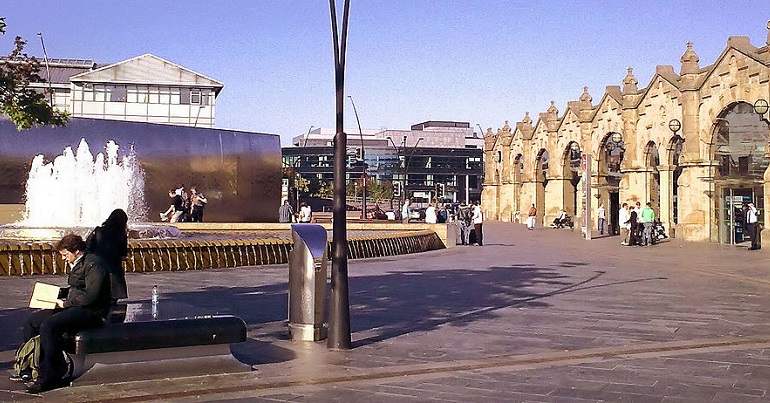
The Steel City has been a consistent Green Party success story in recent years. Greens have now had an unbroken period of representation of Sheffield City Council for a decade and a half. In 2018, the party increased its number of councillors to 6 – its best ever result. Along with this, Greens secured 17.5% of the vote across the city.
Sheffield Green Party is helped by its strong election machine, as well as its record as an active campaigning vehicle. It also benefits from hosting a number Green celebs.
The first, and most obvious, is Magid Magid – the city’s infamous outgoing Lord Mayor. He’s joined by former party leader Natalie Bennett who secured one of the better results for the Green Party in the 2017 General Election in the Sheffield Central constituency. And local councillor Alison Teal has also made a name for herself after being arrested protesting Labour’s tree felling policies in the city.
So on May 2, many eyes will be on Sheffield to see whether the Green advance continues.
In 2018, two of the wards the party held were reasonably secure. The third – City ward – was won by just 16 votes. This puts the Greens under pressure to make sure to retain that seat this time around.
But the party will also be looking to make advances elsewhere in the city. Presently, Greens hold just one seat in Nether Edge and Sharrow. Alison Teal won the seat with a huge 20 point majority last year, and the Greens should feel confident in picking up a second there.
Elsewhere, the party has polled well in the past. Last year, Paul Turpin came a strong second in Gleadless Valley ward. Greens were also placed second in 4 other wards – Burngreave, Hillsborough, Manor Castle and Walkley. Green support in each of these areas is at varying levels. But a good night for the party could see one or two extra of these turn Green. If successful, Sheffield would play host to one of the largest Green groups in the country, and secure their place as the city’s third biggest party.
Proper Yorkshire
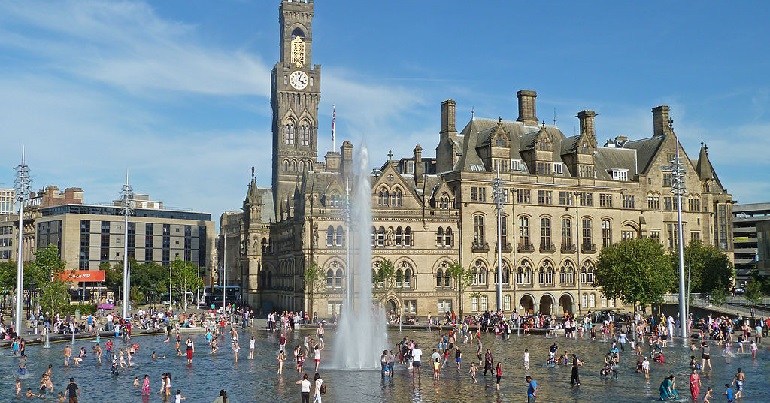
To describe Bradford’s recent political history as ‘turbulent’ would be like describing the sun as quite far away. It is such an overwhelming understatement as to be miles off the mark.
In 2012, the demagogic George Galloway swept into parliament in an expected and successful victory in the Bradford West by-election. Little more than a month later, 5 councillors were elected on Galloway’s RESPECT party ticket. Within 18 months they had all left their party, irritated at Galloway’s intentions to fight the 2016 London Mayoral election. Then, in 2015, four of them rejoined RESPECT. Within two months, they were back out of the party again.
Galloway himself was kicked out of parliament in the 2015 General Election, with Labour’s Naz Shah taking the seat. In 2016, Shah was suspended from the Labour Party for two months and given a formal warning after allegations she shared antisemitic content on Facebook. A year later, former RESPECT leader Salma Yaqoob – who quit the party over Galloway’s much derided comments about Julian Assange – unsuccessfully stood as an Independent for Bradford West in the 2017 General Election West, challenging Shah from the left.
Leaving all that to one side, Bradford is interesting for the Greens because the party has held seats on Bradford District Council for some time, but is now facing tough competition from the Labour Party. Unlike many of the areas covered in this previews series, Bradford sees the Greens on the defensive – and potentially in retreat.
In 2018, the Greens lost a seat in Shipley ward to the Labour Party. In the process, Labour unseated a longstanding incumbent Green councillor, and secured a majority of more than 700 votes. It will have been an uphill battle to retain the seat, but the future of Green representation in the city will largely depend on the party’s ability to fend off Labour’s advance.
The walled city
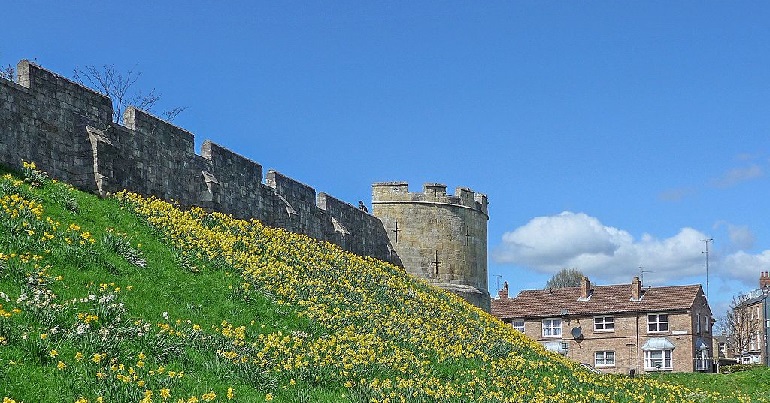
York is the largest city in north Yorkshire with the slightly bigger Middlesbrough never having been granted city status. Unable to shake its historic roots, it is primarily known for its pseudo-Roman walls, its capture by the Scandinavian armies in the 9th century, and its defeat in the War of the Roses.
Today, York’s local government still looks a little retro. It is ruled by a coalition of Tories and Liberal Democrats. Very 2010.
That coalition came to power after the 2015 local elections saw the Labour Party booted out of office. In those same elections, the Greens doubled their representation on the council – moving from two to four seats. Sudden shifts in the city’s politics are typical, due to it electing all of its councillors in one go, rather than using the ‘thirds’ model many other councils have maintained.
Two of the Greens were in the safely held Fishergate ward. The other two were split across Guildhall and Micklegate wards. The Greens also polled well in Clifton, Heworth, Holgate and Hull Road. In Hull Road, the party was around 200 votes away from taking a seat. And in Guildhall – a three seat ward – Green councillor Denise Craghill came at the top of the poll, with the other Greens trailing not far behind the two successfully elected Labour councillors.
A good night could see the Greens make big gains in York, with lots of seats potentially up for grabs. Should the council remain in no overall control, that could potentially see the Greens holding the balance of power, or else playing an active role in a new administration.

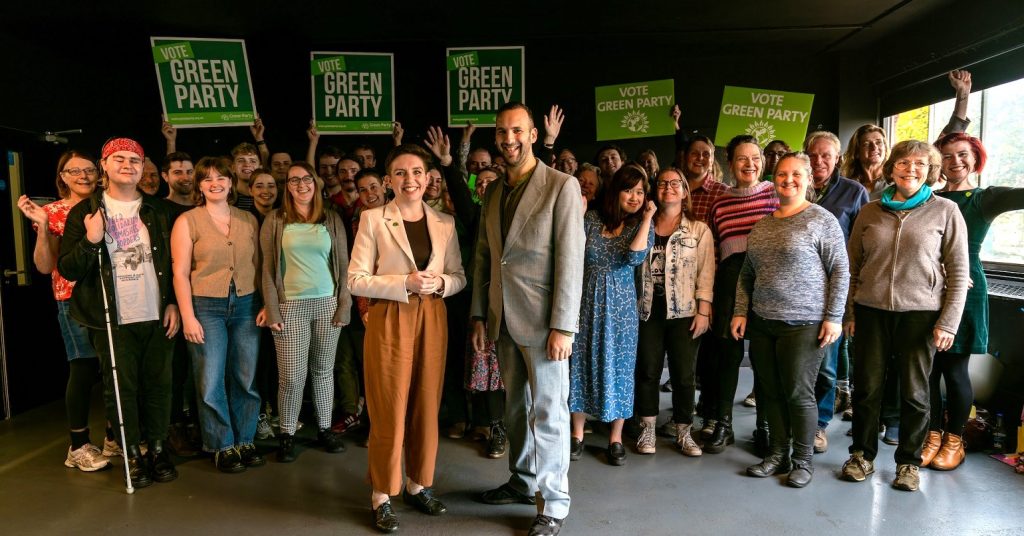
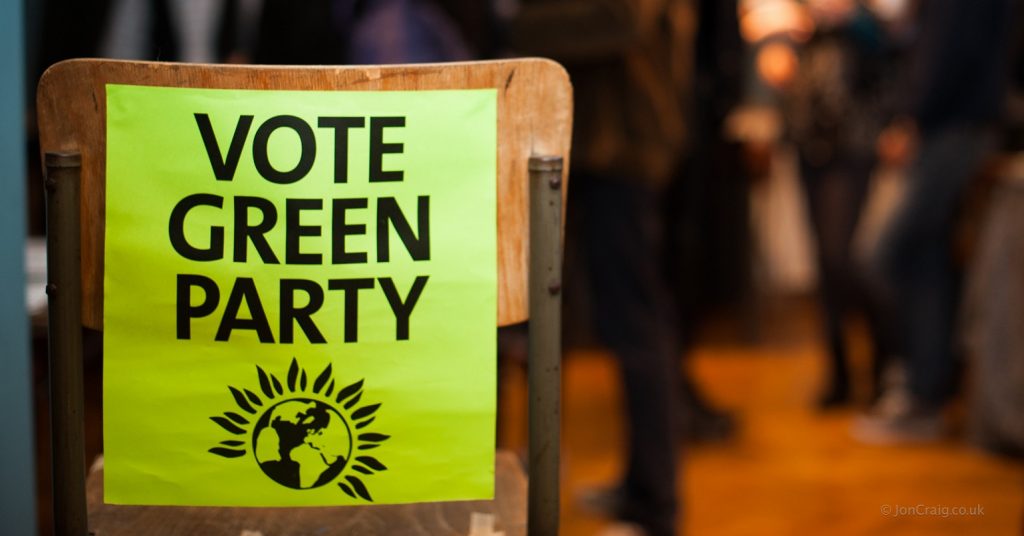

Leave a Reply